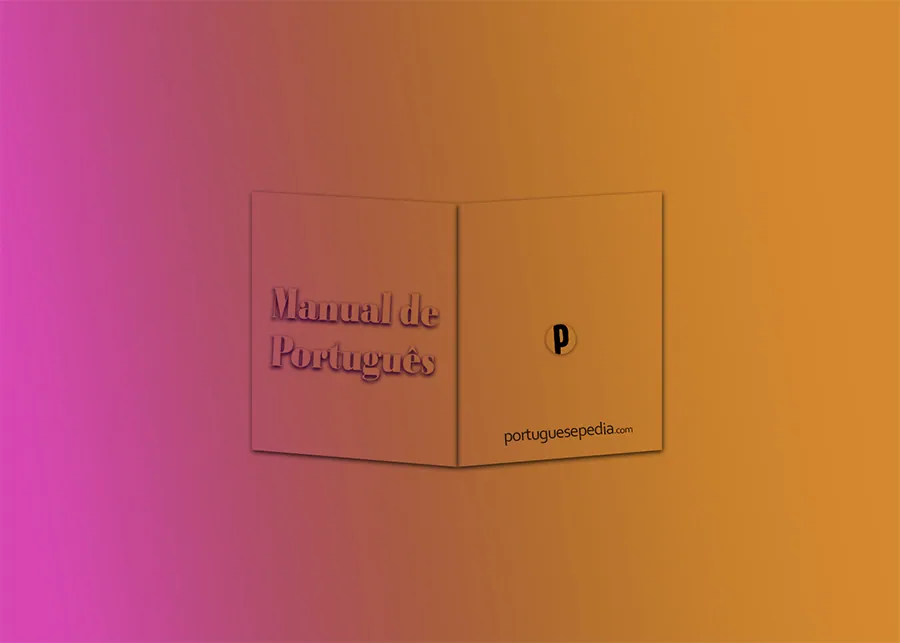
Textbooks to Learn Portuguese – A Few Things to Keep in Mind
Looking for a Portuguese textbook? Access to quality learning resources from day one will help you start your learning journey on the right foot!
While having a good textbook by your side (or a few of them) is highly recommendable, it is becoming increasingly difficult to separate the wheat from the chaff with so many options in the market.
In this short article, I will point out a few things to keep in mind when choosing a Portuguese textbook. By considering key factors such as your proficiency level, learning style or the variant of Portuguese you are learning, you can make an informed decision that will better suit your needs.
European or Brazilian Portuguese?
European Portuguese refers to Portuguese as it is spoken in Portugal, whereas Brazilian Portuguese, as you guessed, pertains to Portuguese as it is spoken in Brazil.
*Note that this is a simplification. Portuguese is spoken in several other countries (such as Angola or Mozambique) and, as a result, there are several other dialects of Portuguese. Having said that, for most people learning Portuguese as a foreign language, the choice falls between Brazilian and European Portuguese.
When you buy a textbook, the first thing you want to make sure is that it concerns the standard of Portuguese you are focusing on.
There are textbooks out there covering both standards and that might be an option if you want to learn either. However, that will make things harder for you – trust me, you’ll get confused – especially if you are at the beginning of your learning journey.
Learning a language from scratch is in and of itself a big challenge. Why make it even more difficult? My advice is to only pick one standard and stick to it.
Down the road, when you have already developed a good foundation, you might want to cross over to the other side of the Atlantic Ocean to give the other variant of Portuguese a go. Why not?
If you are curious about the differences between European and Brazilian Portuguese, read this one: European vs. Brazilian Portuguese – How Different Are They?
What Is Your Learning Style?
Everyone has their learning style and it’s important to choose learning materials that align with yours.
Let’s consider two cases. Alfred loves grammar drills and enjoys learning languages the traditional way. Alfred is therefore likely to rely on classic textbooks and grammar workbooks.
Julie, on the other hand, wouldn’t bother spending time with a textbook. She is more of an extrovert and would rather learn a new language by interacting with people in real life. She might also enjoy reading simple short stories for beginners or watching TV Portuguese shows with subtitles. In other words, Julie inclines to a more “organic” take on learning a language.
In reality, though, we all are somewhere along that continuum (textbook vs. real-life approach). And btw, we change our learning approach as we go on, usually in the textbook-to-organic-approach direction.
Anyway, if you feel more like Julie, you may have a textbook or two lying around for occasional browsing, but you might prefer the following resources:
- Short Stories for Language Learners
- Portuguese TV Shows with Portuguese Subtitles
- Podcasts for Portuguese Language Learners
What Is Your Proficiency Level?
It’s crucial to know where you stand concerning your current language skills. In other words, what is your Portuguese proficiency level at the moment?
Concerning language proficiency, the CEFR scale is one of the most widely used standards internationally – it starts at the A1 beginner level and goes all the way up to the C2 mastery level. Learn more about CEFR.
You probably have a rough idea of where you are at, at least in terms of broader categories such as Beginner, Intermediate, and Advanced levels.
Most textbooks in the market are CEFR-graded, which prevents you from purchasing a textbook that is either too easy or too challenging.
For example, if you are at the intermediate level, pick a book geared toward the B1 or B2 level. If, on the other hand, you have just started, pick something catered for the A1 level.
I would recommend you filter out any textbook that is not CEFR-graded – it could be an indicator of low quality and amateurism.
What kind of book?
Typically, a sound textbook is a well-rounded manual (usually divided into topical units) that includes audio and tackles several dimensions of language learning, namely
- vocab buildup around well-delimited topics
- reading/listening comprehension
- grammar
- pronunciation
However, you might as well be interested in books that are more specific in their scope, for instance, grammar workbooks to drill grammar or visual dictionaries to help you grow your vocab.
Here are a few worthy books in different categories for the beginner level (European standard specific):
- All-round – Português em foco 1
- Grammar – Gramática Aplicada – Português língua estrangeira
- Visual dictionary – Dicionário ilustrado
- Phrasebook – Collins Gem Portuguese Phrasebook & Dictionary
If you want to look into other options – both for the beginner and intermediate levels and also for Brazilian Portuguese – take a peek at this article: Portuguese Textbooks Worth Buying.

Olá! I'm Pedro and I'm your Portuguese teacher.
Ready to unlock the beauty of European Portuguese? Portuguesepedia is your key! This all-in-one platform provides a wealth of learning resources, from bite-sized video lessons to immersive idiomatic dips. Perfect your pronunciation and aural comprehension with listening drills and solidify your grammar with in-depth articles. Start your Portuguese journey today!
Share this article
Get my guide "Key Strategies to Learn Portuguese" for FREE.
